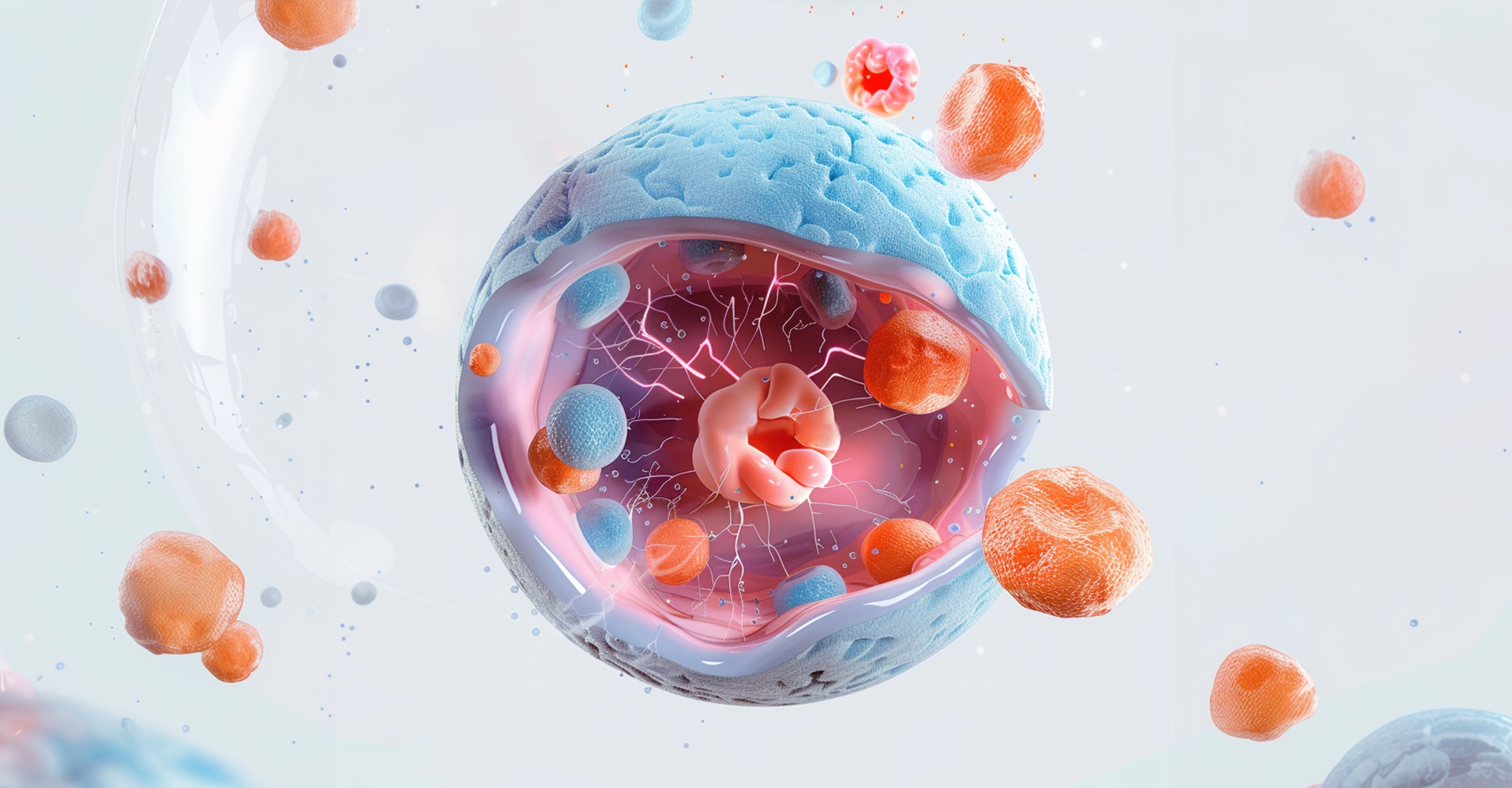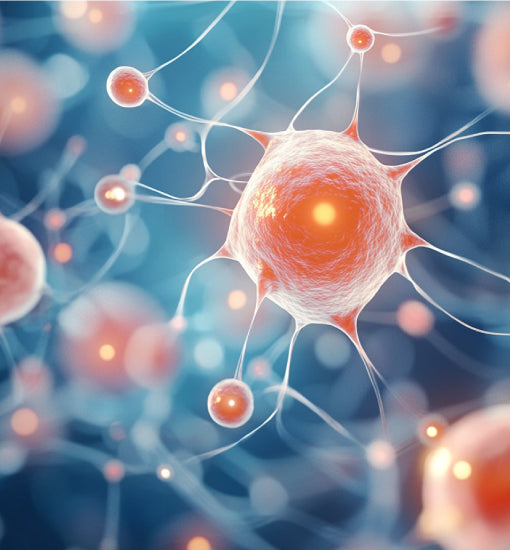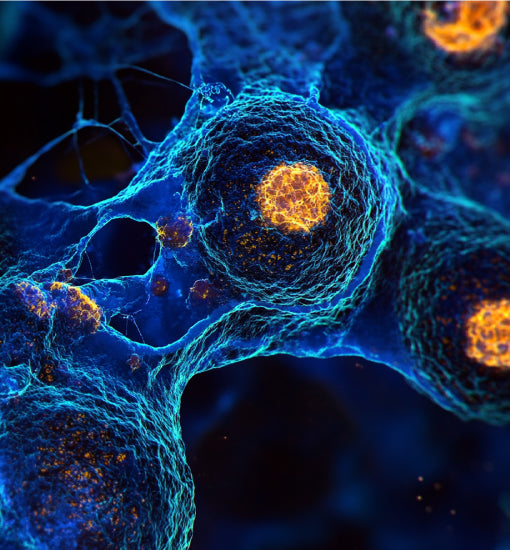Genbearbeitung, Molekularbiologie und Gentechnik
Unlocking Cellular Mechanisms and Innovative Disease Models
Anwendungen zur Genbearbeitung und Gentechnik werden durch molekularbiologische Verbrauchsmaterialien wie PCR-Serien, Restriktionsenzyme und Probenbibliotheksröhrchen unterstützt. Diese Produkte erleichtern die DNA/RNA-Extraktion, Amplifikation, Klonierung und Analyse. Transfektionsreagenzien, CRISPR-Kits und Lentivirus-Systeme sind für die Genbearbeitung von zentraler Bedeutung und ermöglichen präzise genetische Veränderungen. ELISA-Kits liefern molekulare Einblicke in die Proteinexpression und sind daher für Gentherapiestudien nützlich. Zentrifugen und Mikrozentrifugenröhrchen sorgen dafür, dass genetisches Material präzise verarbeitet wird. Diese Kategorie umfasst auch Exosomen- und Lentivirus-Tools für die fortschrittliche Bereitstellung genetischen Materials in Forschung und therapeutischen Anwendungen.







